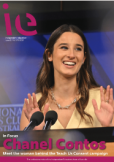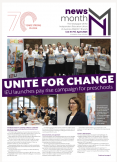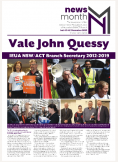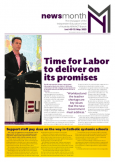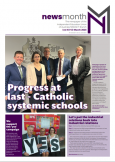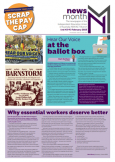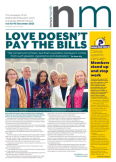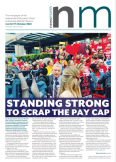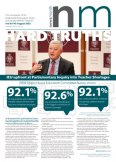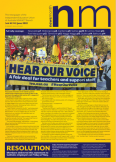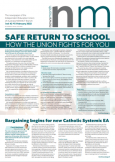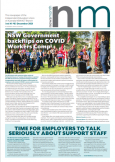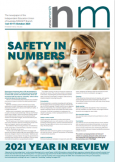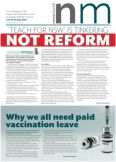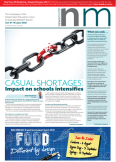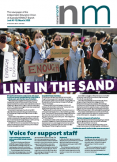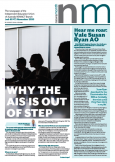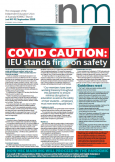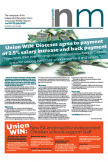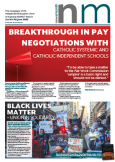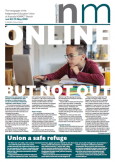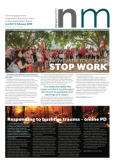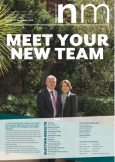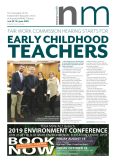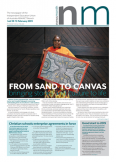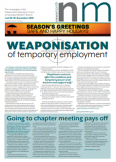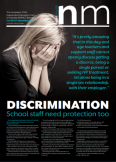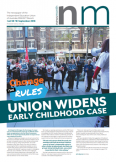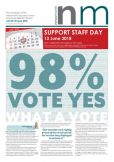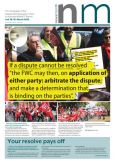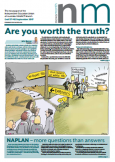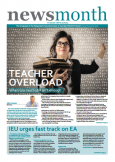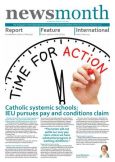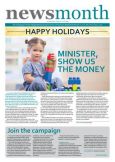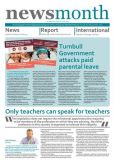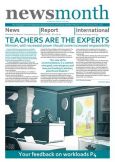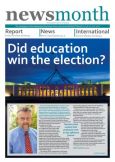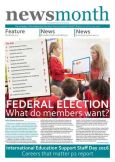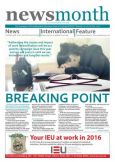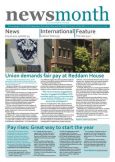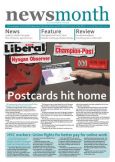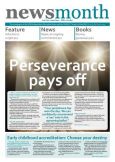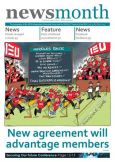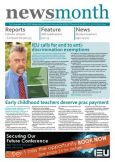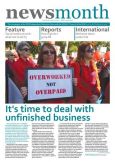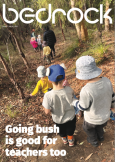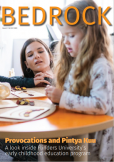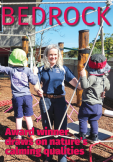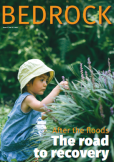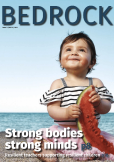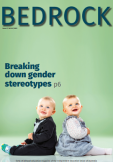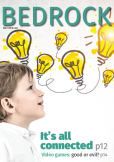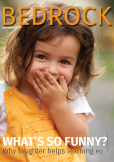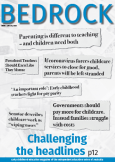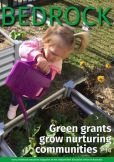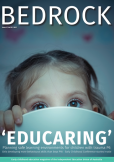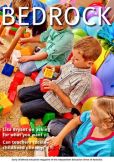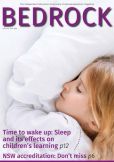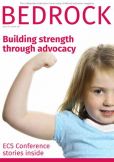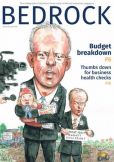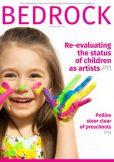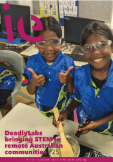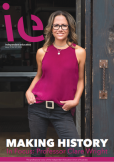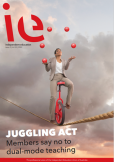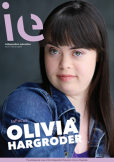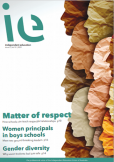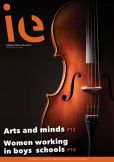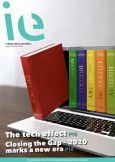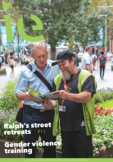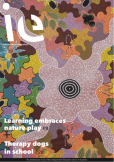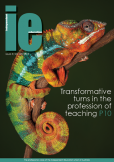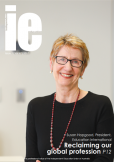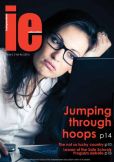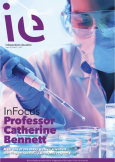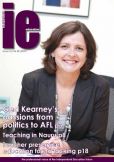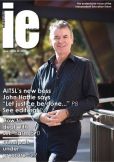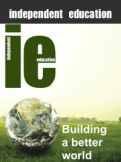Early childhood education experts agree children should enter their formal schooling years with a solid foundation of mathematical content knowledge.
This begs the question: how can kindergarten teachers make maths and problem solving more engaging for young children, who learn best through play?Mathematical Playworld Based on the design of Laureate Professor Marilyn Fleer’s revolutionary Conceptual PlayWorld, the Mathematical Playworld aims to create the motivating conditions to support children’s mathematical problem solving meaningfully, through imaginative play.
Conducted over a seven-month period, the study was based on observations of children and teachers interacting with the Mathematical Playworld program in an early childhood education setting.
According to the researchers who designed it, Dr Liang Li and Dr Leigh Disney, the pilot program was a resounding success.
“We found the Mathematical Playworld really allowed teachers to tap into what children enjoy and harness that real creativity that children bring, yet also allowed them to intentionally teach mathematics, in a play-based way,” said Dr Disney.
“It begins with a selected story, whereby children and adults build emotional connections with story characters before they collectively enter the Playworld.
“Adults adopt active co-player roles of being characters and dramatise the emotionally charged problem for children and adults to collectively solve,” the researchers wrote.
Designing an emotionally charged maths problemWhen designing the particular Mathematical Playworld observed for the pilot study, the kindergarten teachers began by selecting a story book the children were familiar with, Room on a Broom (Donaldson, 2003), which was a class favourite.
“The teachers believed the story context would motivate the children, whilst also linking closely to mathematical concepts, such as ‘how much room on the broom?’” said Dr Li.
As teachers and children all got into character as either dogs, frogs or others, the story evolved and the imaginary Mathematical Playworld came alive.
The teachers then dramatised an emotionally charged maths problem in the context of the story: at the main character’s birthday party, dogs could not sit next to other dogs, only frogs.
“Both teachers used their play role to support the children’s interest in the unknown and facilitate a common understanding and meaning making about why two dogs could not sit together,” the researchers wrote.
When teachers are involved in the collective Playworld, children are actively engaged in a meaningful learning process, which the researchers say helps develop mathematical problem-solving abilities.
“Teachers play a pivotal role as active co-players and co-creators engaging in the sustained, shared, collective, imaginary situation with the children,” Dr Li said.Making maths magicalDr Disney said the Mathematical Playworld model is flexible and adaptable, meaning imagination is the only limit.
“For example, the teacher might decide to do a lesson on units of measurement, so creates a problem within the imaginative storyline that motivates the children to develop an understanding of measurements,”he said.
“With that body of knowledge behind them, the teacher willthen go in knowing what they’d like to teach but building that mathematical conceptual knowledge so that when the children are immersed in the play situation, then they can extend the children however they need.
“If the children are struggling with the maths concept, the teacher can bring it down to that level, but if the children are really flourishing in terms of solving the problem, then they can extend those children. It’s a very flexible and reactive way teachers can take the child at their current level and then support the child in the ways they see fit.
“It’s not just the child by themselves either, they’re within that group social situation, working, learning and having fun with their peers,” he said. Powerful pedagogy
Recent literature demonstrates the Mathematical Playworld approach is a particularly effective pedagogical practice to encourage and support children’s problem solving during collective play (Fleer, 2017) whilst transforming children’s engagement from passive to active (Rainio, 2010) and as a transformative activity for children and adults (Ferholt, 2009).
This aligns with what is widely understood by early childhood teachers, that imaginative play is the leading activity for preschool aged children which determines their development (Vygotsky, 1966).
“Further, the Mathematical Playworld contributes to understanding young children’s mathematical problem-solving processes in the collective imaginary situation and highlighted the essential role of teachers’ involvement in the learning,” Dr Li said.
Problem-solving an important skill
Existing studies confirm young children do have the potential and ability to grasp mathematical concepts.
“Early mathematics learning is a powerful predictor of children’s mathematics achievement in school and previous studies have shown that young children have significant capacities to learn and master mathematical concepts at a very early age,” Dr Li said.
With career backgrounds in the early childhood education sector, the researchers said the study was motivated by their own classroom observations and experiences, as well as a belief that children should have a sense of ownership in their learning.
Dr Disney said fundamentally, mathematics in early childhood should focus on the process of problem solving rather than drill and practice of mathematical skills.
“From a push-down perspective, often maths is seen as something that needs to be taught in work sheets or in separate activities, rather than tapping into the creative energy that children already possess.
“Meaningful maths learning in preschool requires a frame where children are part of the learning process as active and engaged learners and where teachers can embed teaching practices in play.
“We find it a really magical process for teachers to be able to engage in that and transfer that intentional teaching to support young children as they transition from preschool to the school environment,” he said.
Next steps
Dr Leigh and Dr Disney are continuing their work alongside Laureate Professor Fleer as part of the Conceptual PlayLab research team, where they continue to ‘test ground-breaking play-based models for teaching STEM (science, technology, engineering and mathematics) to young children.’
“We’ve seen the Mathematical Playworld model work and how great it is for teachers, so we’re in that process of thinking how we can move this forward to support young mathematicians to transition to school and then later on to become problem solvers,” said Dr Disney.
To find out more about the Conceptual PlayLab team and to stay updated on their research endeavours visit www.monash.edu/education/research/projects/conceptual-playlab
Members with an interest in the Mathematical Playworld are encouraged to read the full study by Disney and Leigh.
Reference
Li, L, Disney, L Young children’s mathematical problem solving and thinking in a playworld. Math Ed Res J (2021). https://bit.ly/3iDA8K2

